- 1
- 2
- 3
- 4
- 5
- 6
- 7
- 8
- 9
- 10
- 11
- 12
- 13
- 14
- 15
- 16
- 17
- 18
- 19
- 20
- 21
- 22
- 23
- 24
- 25
- 26
- 27
- 28
- 29
- 30
- 31
- 32
- 33
- 34
- 35
- 36
- 37
- 38
- 39
- 40
- 41
- 42
- 43
- 44
- 45
- 46
- 47
- 48
- 49
- 50
- 51
- 52
- 53
- 54
- 55
- 56
- 57
- 58
- 59
- 60
- 61
- 62
- 63
- 64
- 65
- 66
- 67
- 68
- 69
- 70
- 71
- 72
- 73
- 74
- 75
- 76
- 77
- 78
- 79
- 80
- 81
- 82
- 83
- 84
- 85
- 86
- 87
- 88
- 89
- 90
- 91
- 92
- 93
- 94
- 95
- 96
- 97
- 98
- 99
- 100
- 101
- 102
- 103
- 104
- 105
- 106
- 107
- 108
- 109
- 110
- 111
- 112
- 113
- 114
- 115
- 116
- 117
- 118
- 119
- 120
- 121
- 122
- 123
- 124
- 125
- 126
- 127
- 128
- 129
- 130
- 131
- 132
- 133
- 134
- 135
- 136
- 137
- 138
- 139
- 140
- 141
- 142
- 143
- 144
- 145
- 146
- 147
- 148
- 149
- 150
- 151
- 152
- 153
- 154
- 155
- 156
- 157
- 158
- 159
- 160
- 161
- 162
- 163
- 164
- 165
Blog
Blog gives you the latest news and events about PDF Reader Pro and helpful tips and insights for boosting productivity.
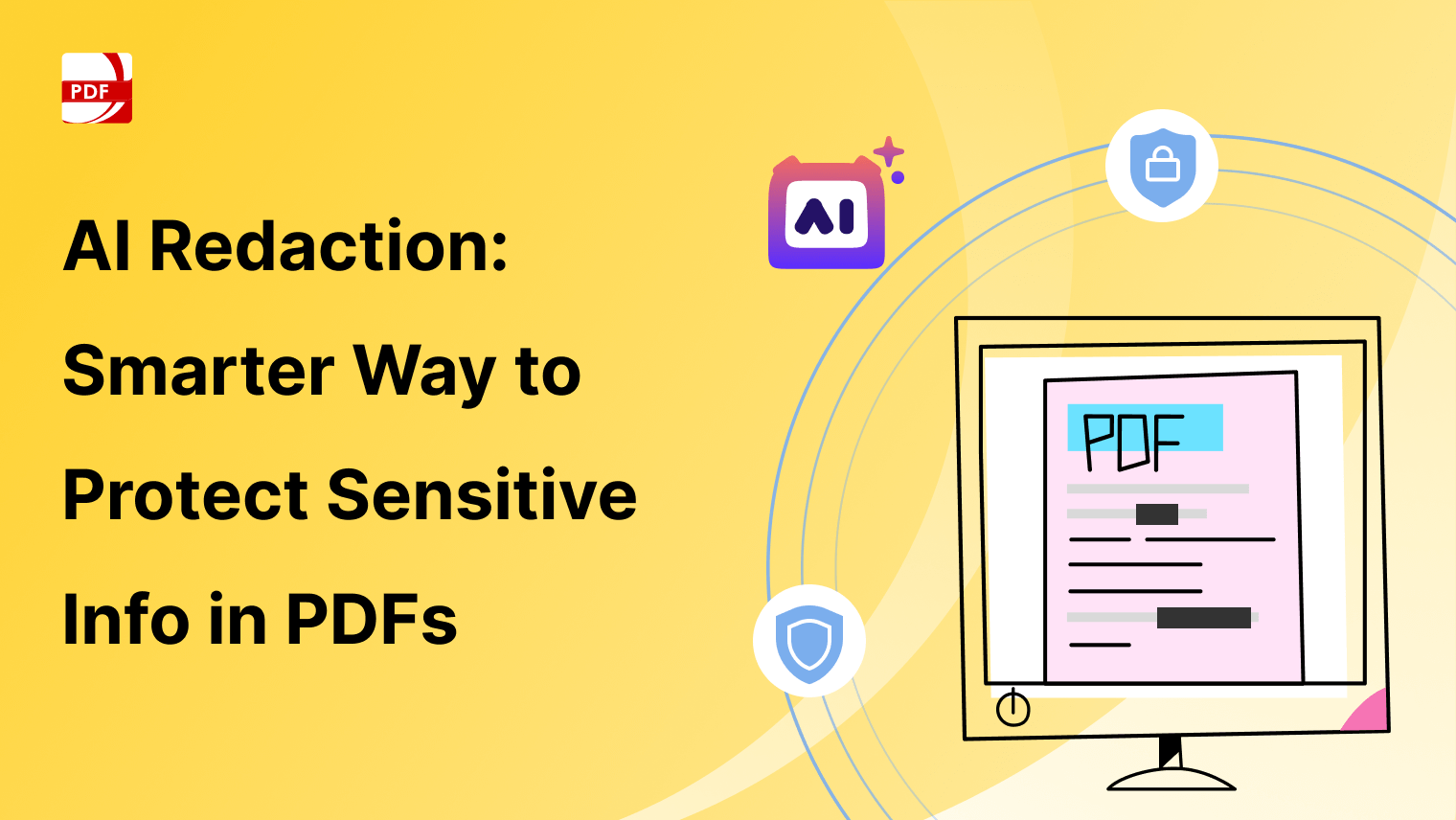
AI Redaction: Smarter Way to Protect Sensitive Info in PDFs
Mon. 29 Sep. 2025

Collaboratively E-sign Documents with Your Team to Boost Workflow Efficiency
Mon. 18 Aug. 2025
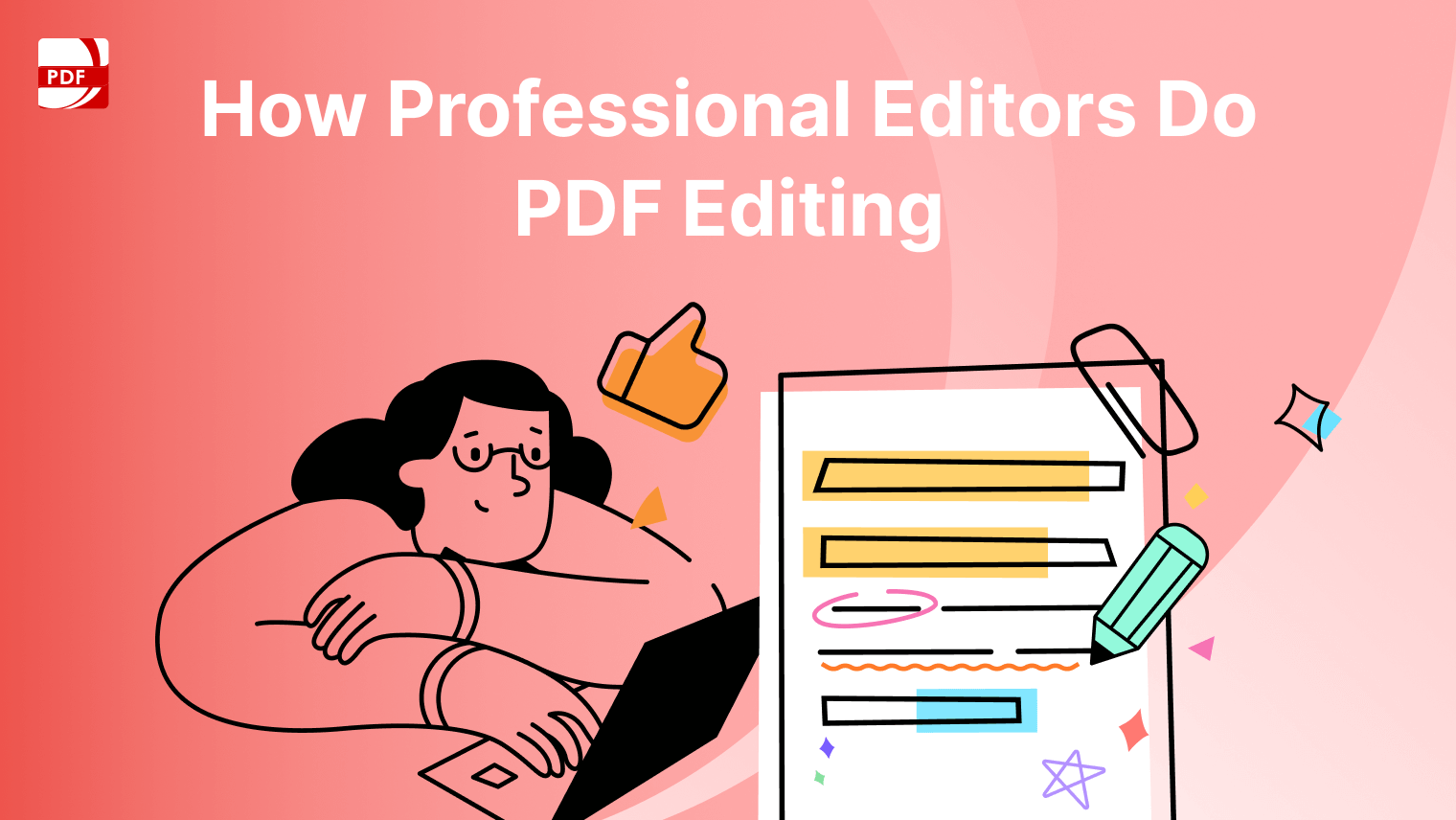
How Professional Editors Do PDF Editing
Thu. 14 Aug. 2025

40 Intelligent Document Processing Statistics
Thu. 31 Jul. 2025
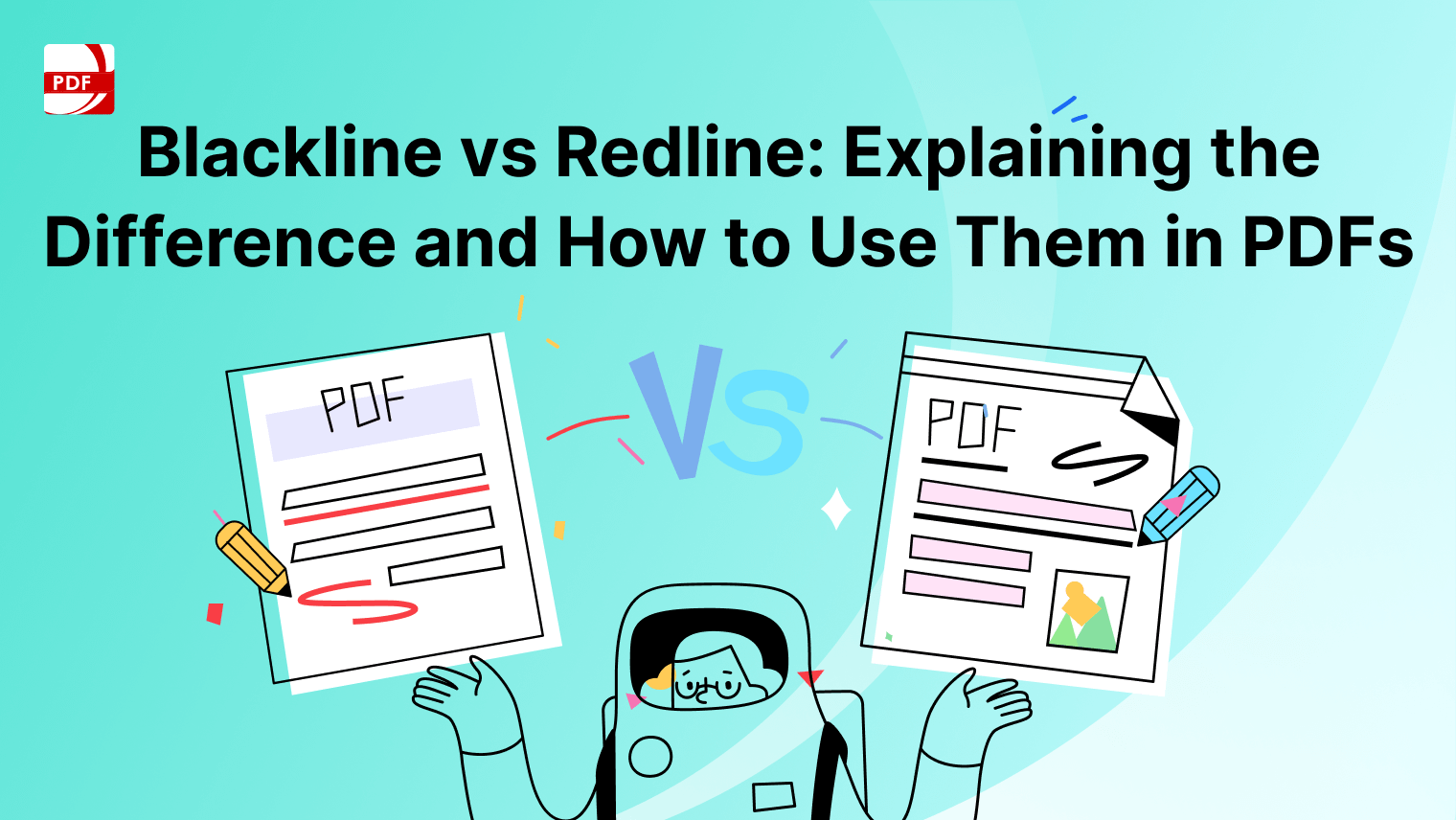
Blackline vs Redline: Explaining the Difference and How to Use Them in PDFs
Thu. 31 Jul. 2025

Why Redaction Software Matters for Private Equity and Venture Capital Firms
Mon. 28 Jul. 2025
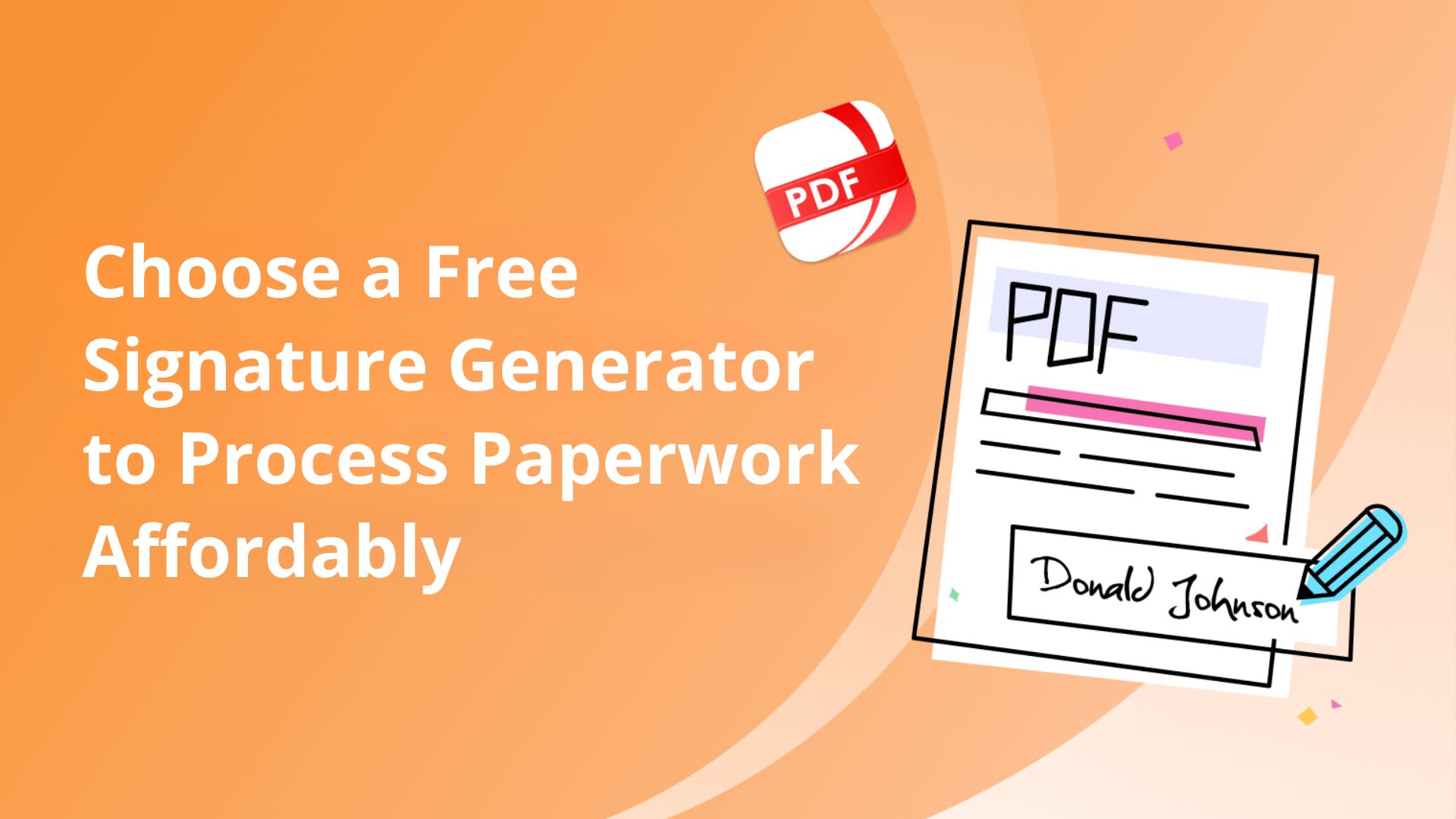
Choose a Free Signature Generator to Process Paperwork Affordably
Mon. 28 Jul. 2025

How a PDF Tool Can Be Your Personal Sign Maker
Thu. 24 Jul. 2025
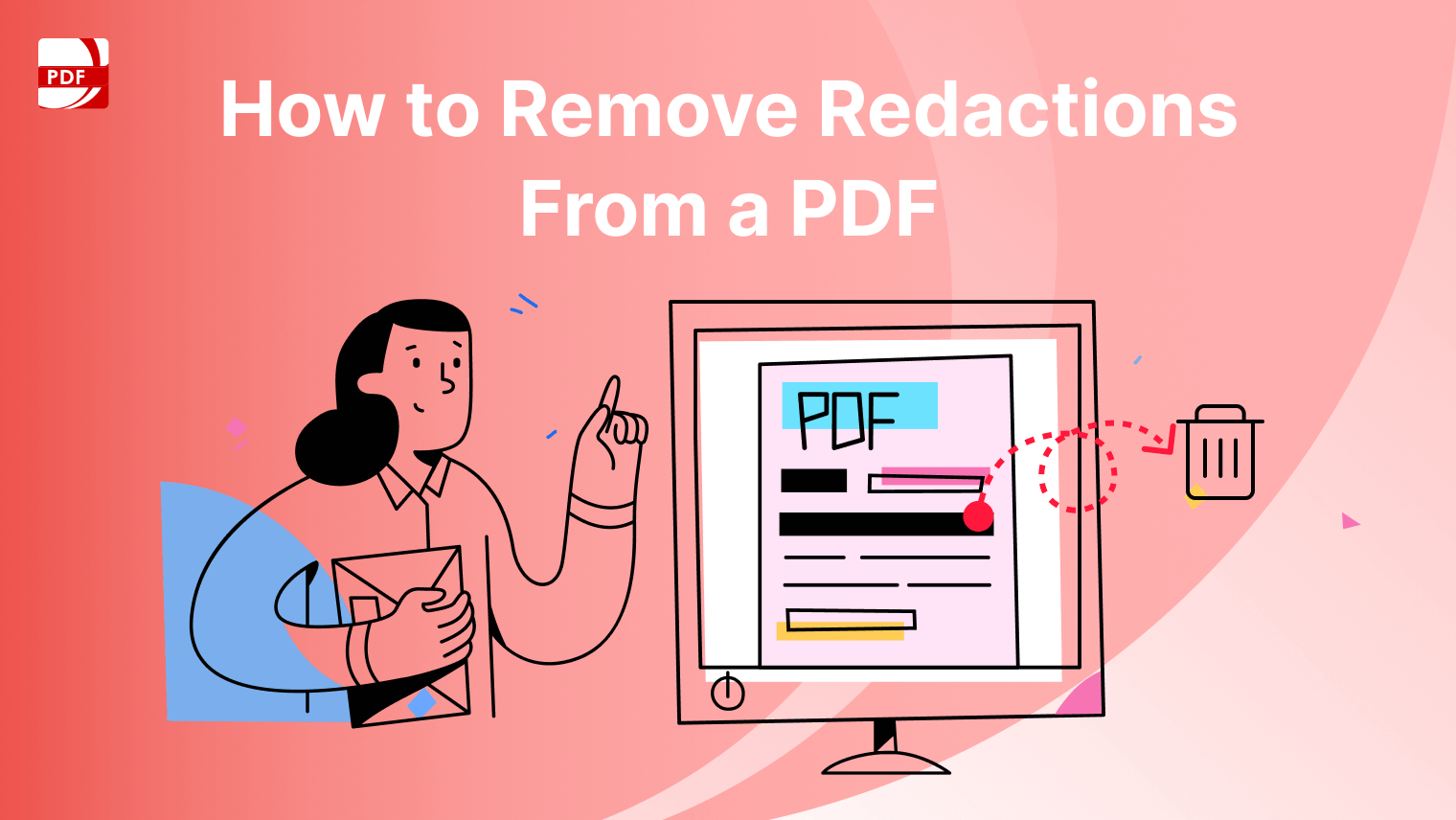
How to Remove Redactions From a PDF
Tue. 22 Jul. 2025

Some Handy Online Tools to Convert Text to PDF
Wed. 16 Jul. 2025
Stay in touchPDF Reader Pro news straight to your box.
Must Reads
Get Started with PDF Reader Pro Today!


 Support Chat
Support Chat